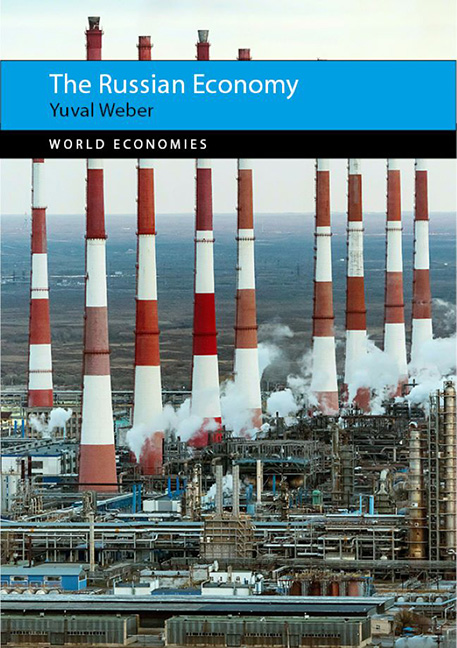Book contents
- Frontmatter
- Contents
- Acknowledgements
- List of Tables and figures
- Map
- Introduction
- 1 Power versus markets
- 2 Russian economic reform in historical perspective
- 3 How Putin’s economy is governed: commanding heights and controlling elites
- 4 Measuring Putin’s economy: the victory of resilience over growth
- 5 Social factors in Putin’s Russia
- 6 The Russia you see is the Russia you get: formalizing informality and informalizing power via sistema
- Conclusion: resilience, war and Russia’s future
- Chronology of Russian history
- Notes
- References
- Index
6 - The Russia you see is the Russia you get: formalizing informality and informalizing power via sistema
Published online by Cambridge University Press: 20 January 2024
- Frontmatter
- Contents
- Acknowledgements
- List of Tables and figures
- Map
- Introduction
- 1 Power versus markets
- 2 Russian economic reform in historical perspective
- 3 How Putin’s economy is governed: commanding heights and controlling elites
- 4 Measuring Putin’s economy: the victory of resilience over growth
- 5 Social factors in Putin’s Russia
- 6 The Russia you see is the Russia you get: formalizing informality and informalizing power via sistema
- Conclusion: resilience, war and Russia’s future
- Chronology of Russian history
- Notes
- References
- Index
Summary
Will the practice of power in Russia ever change? The argument of this book has been that the longevity of tsars, general secretaries and presidents relies upon that leader’s ability to balance elite factions and provide order and direction to the bureaucracy, which then does the same onto the general population. This description may be an ideal type, but the leaders who last a long time are not the ones who optimize growth or freedom, but instead optimize their own indispensability. The origins of Russia’s political culture described in Chapter 1 and the numerous promarket episodes described in Chapter 2 provide a clear sense of how the system works and why economic reform that would challenge or undo that system is pursued only when the external geopolitical environment is threatening and dropped as soon as possible thereafter.
The Russian system has worked for centuries. While it is prone to regime collapse, as seen twice in the twentieth century (1917 and 1991), it works very well in the meantime for rulers who adhere to first principles of elite balancing and control over the bureaucracy. In this regard, the system built by Vladimir Putin is not new, but instead the restoration of a system that existed for centuries in Russia prior to the tentative attempts at democratization by Mikhail Gorbachev and Boris Yeltsin. Chapters 3–5 described how Putin turned the country he inherited from his predecessors into one recognizable to his ancestors: optimized for resilience and stability and ready for shocks such as Covid-19 and the war of choice against Ukraine. As of June 2022, Covid-19 has caused more than a million excess deaths and the invasion of Ukraine has created a generation-defining change to the European security environment, Russia’s international commercial isolation, and an economic downturn of unknown depths.
This chapter does not make any specific predictions about how long Putin will continue to serve as Russia’s leader, nor the way he might exit office. Instead, the chapter examines how setting the rules of the game, namely by instrumentalizing opacity and transparency and managing elite corruption and mass consent, largely inoculate Putin from the shocks of Covid and Ukraine but will make the work of his successor largely impossible.
- Type
- Chapter
- Information
- The Russian Economy , pp. 193 - 208Publisher: Agenda PublishingPrint publication year: 2023

